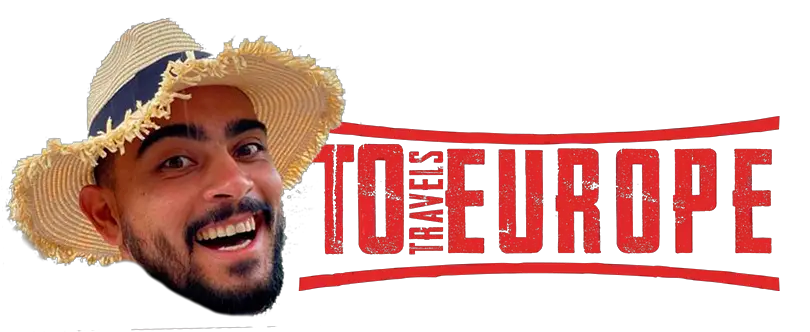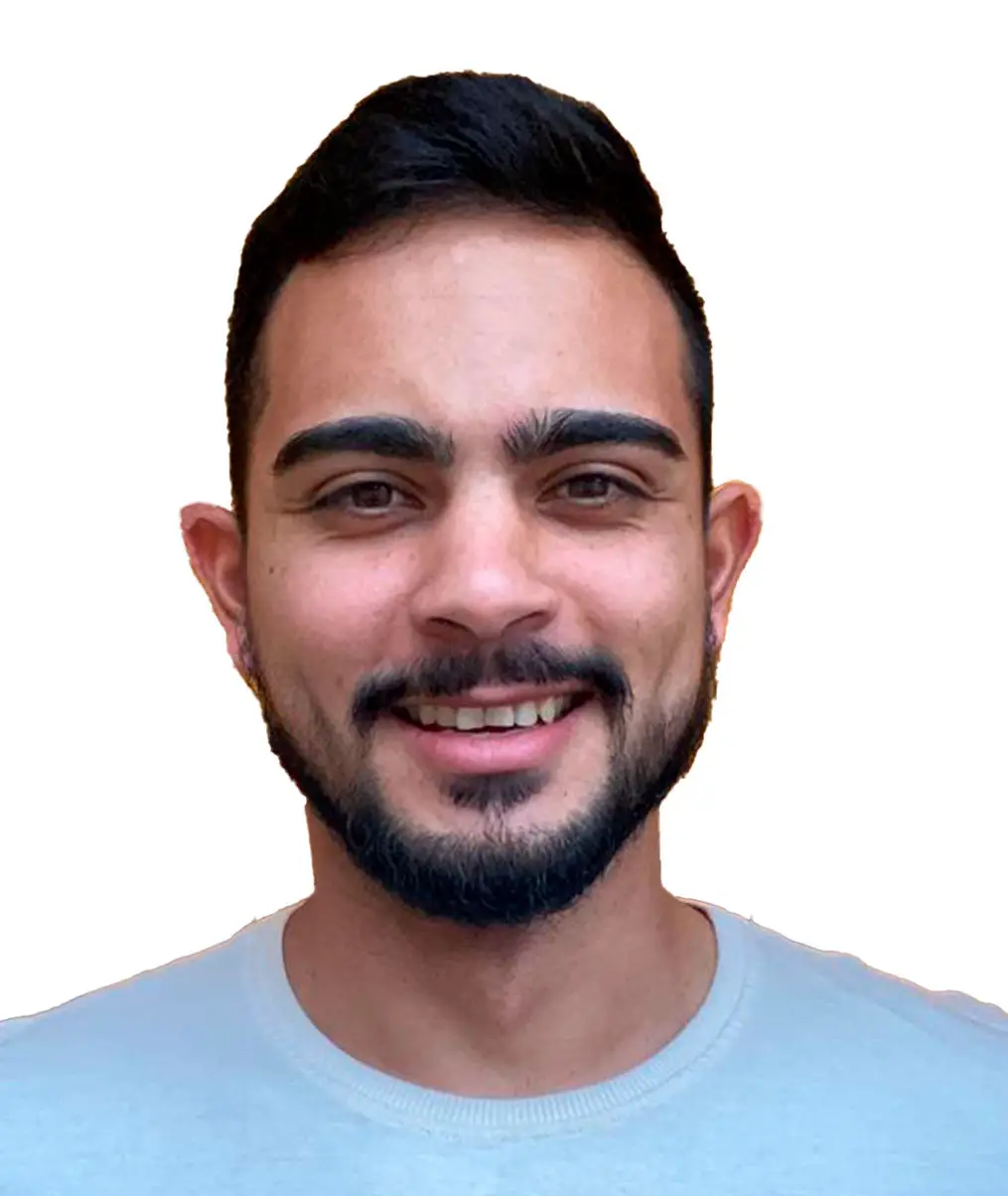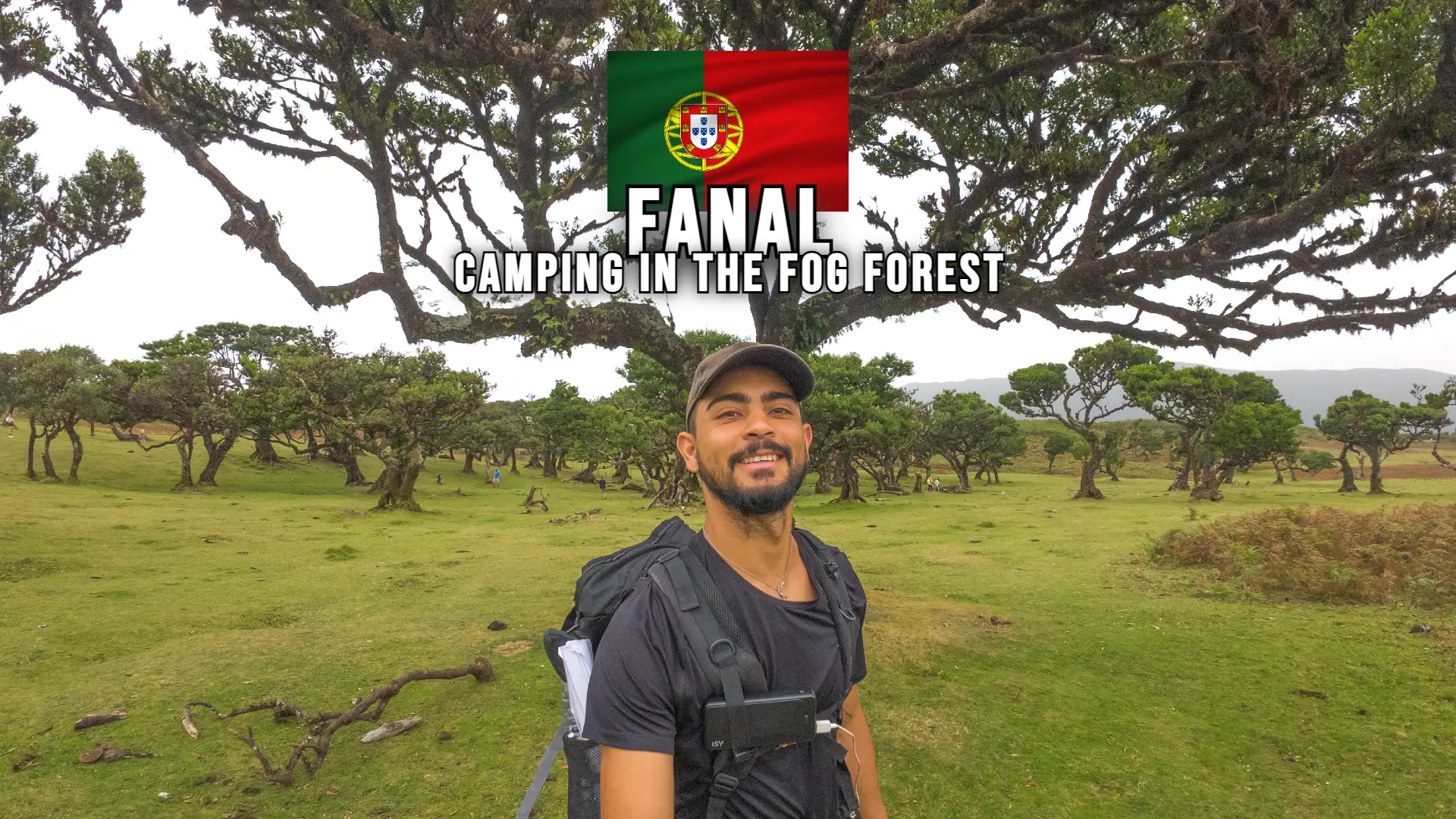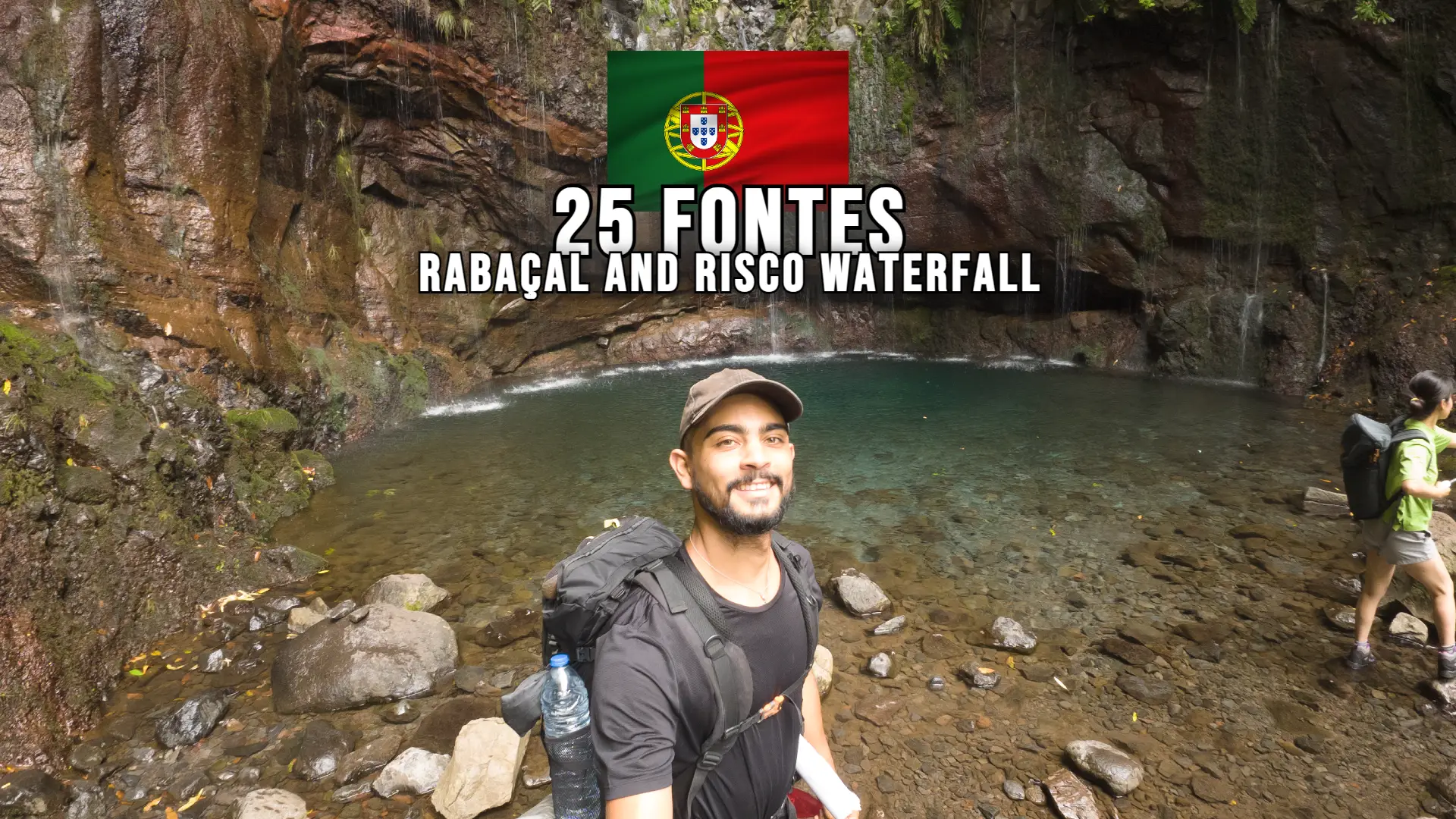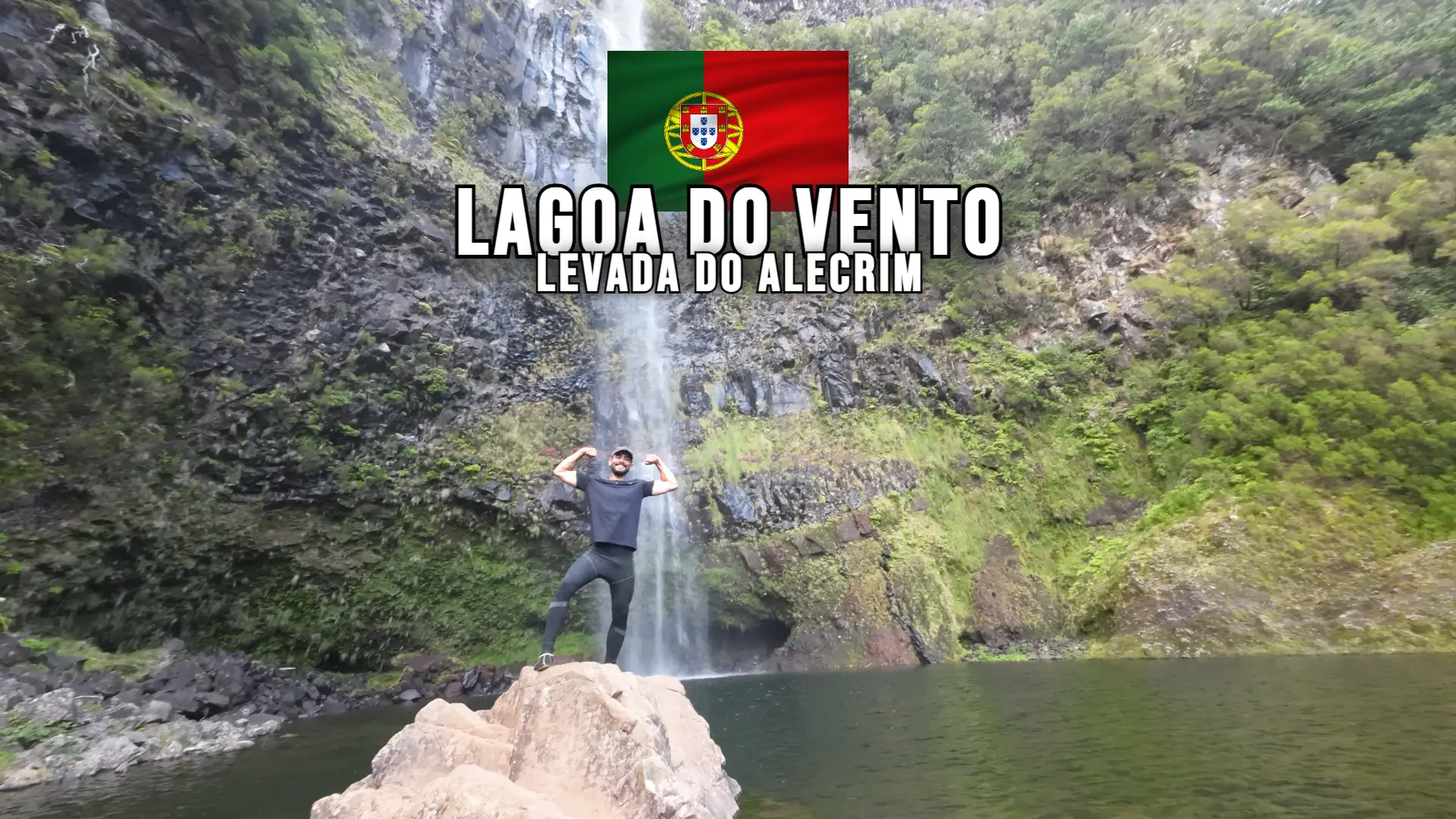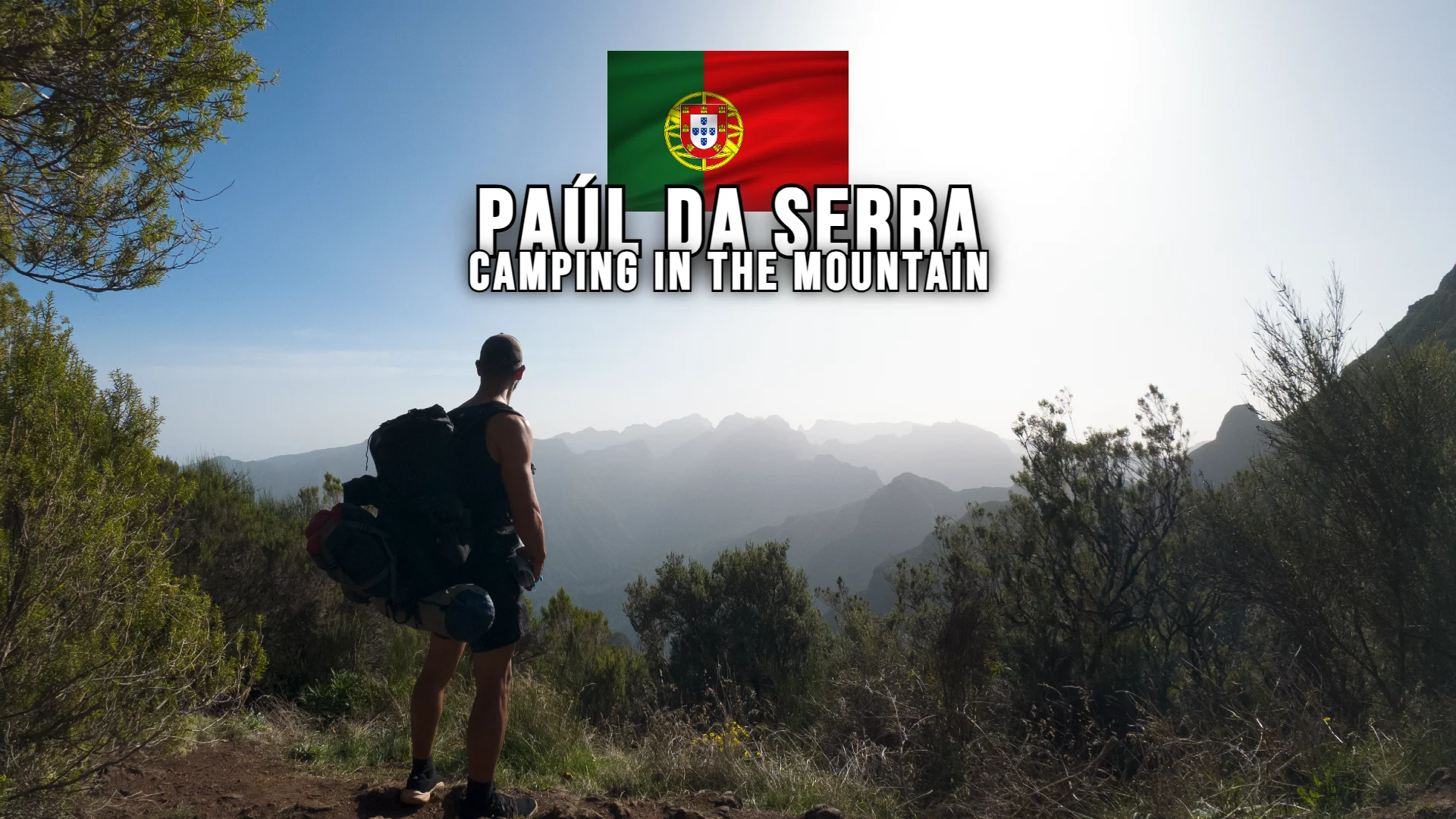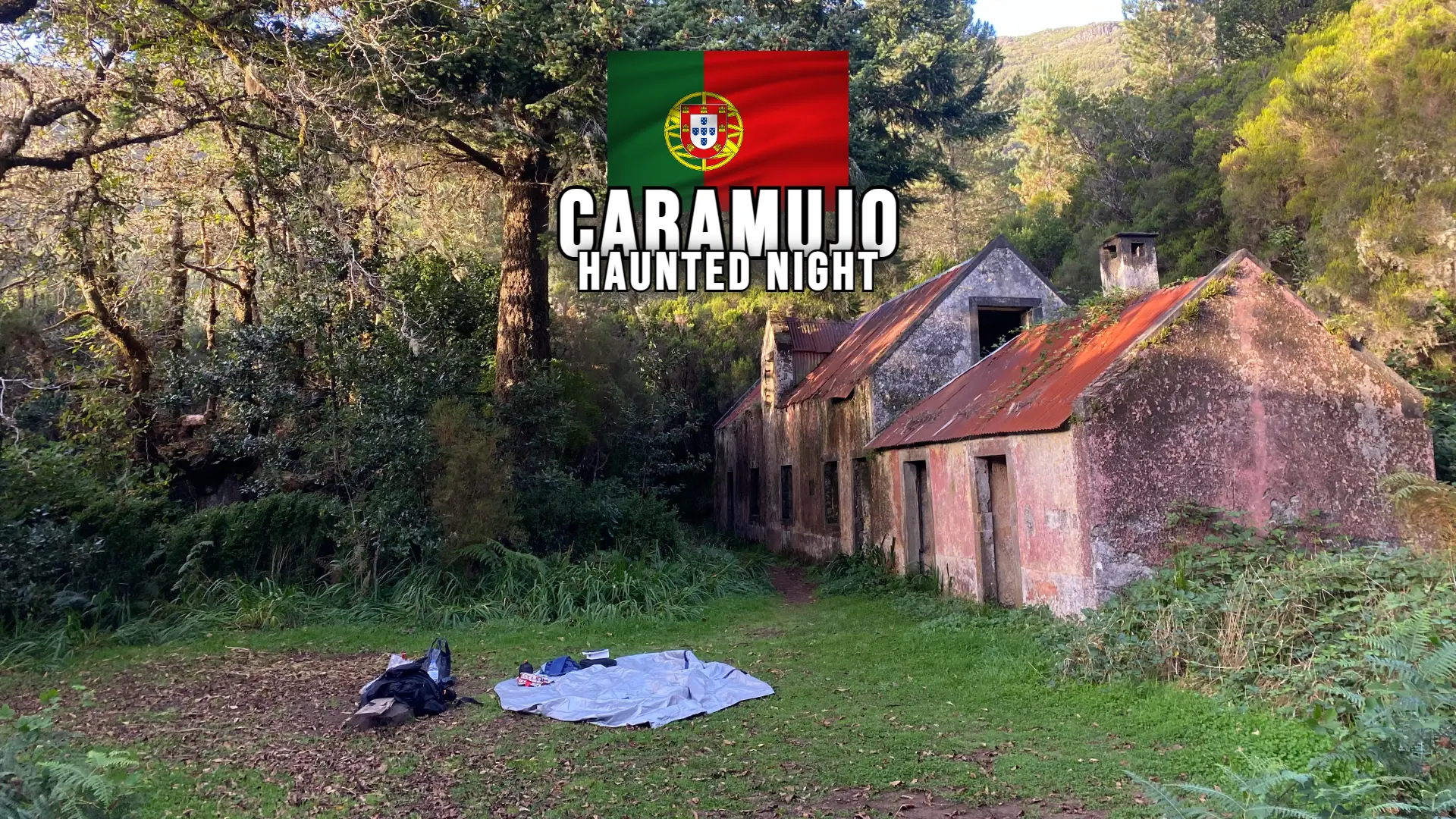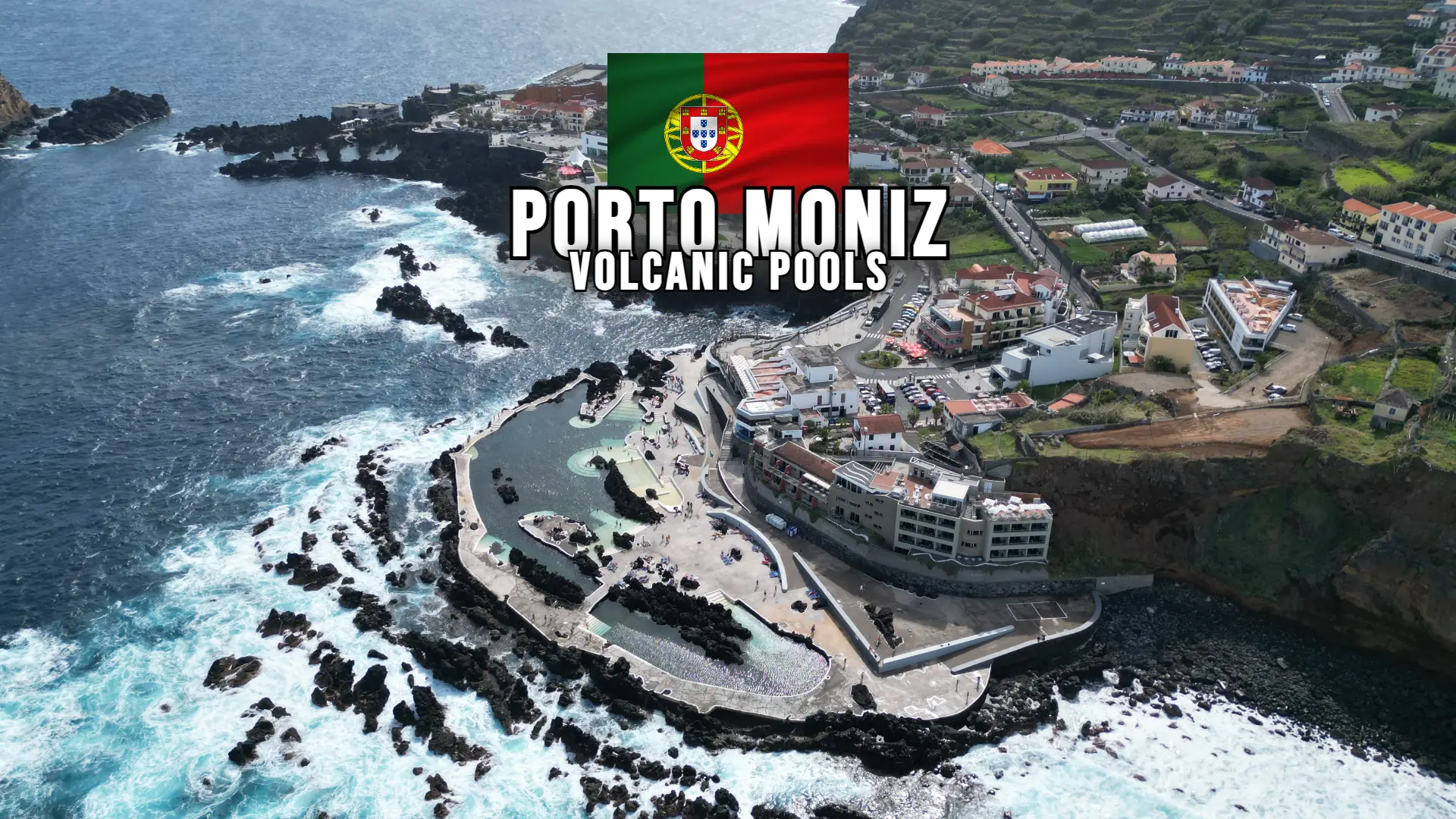First of all welcome to Switzerland, actually the airport is on the French side. I am talking about the EuroAirport.
Today we are going to explore the city of Basel, which is in northern Switzerland.
Check also The Best Train And Car Tour On The North Coast Of Spain
Arriving at EuroAirport
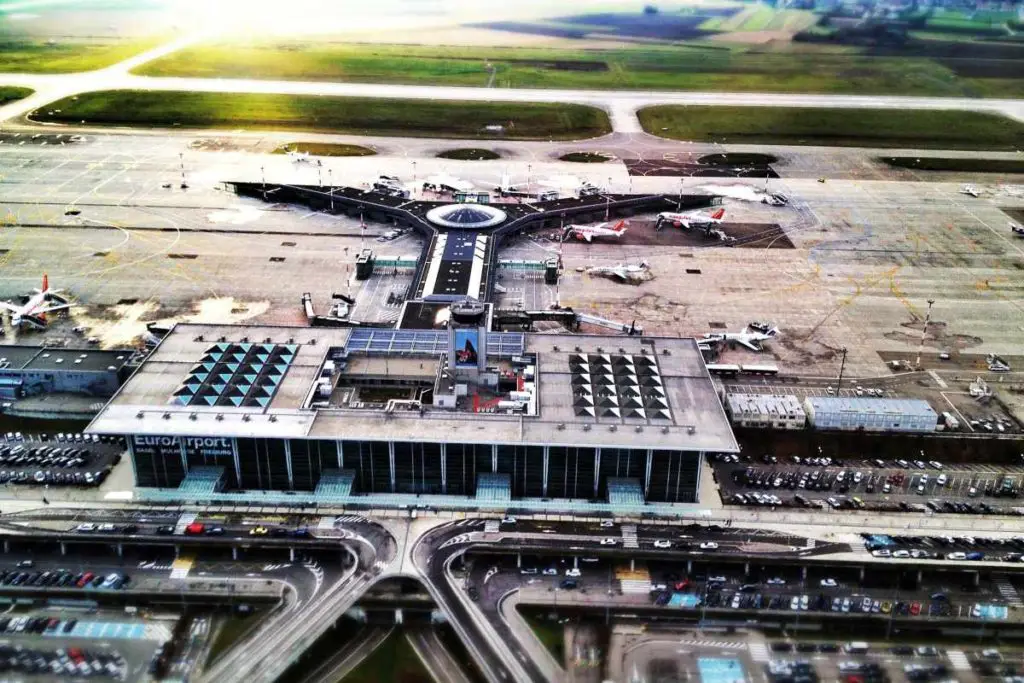
Basel is a city that lies on a triple border between Switzerland, France and Germany. Technically it is on the French side, but it is administered by France and Switzerland.
Upon arrival at the airport you should take a shuttle bus, to Basel, the Swiss side. From the EuroAirport to the centre of Basel, the bus ticket costs approximately €6.30. Pay attention to the buses, they are very punctual, don’t miss the schedule.
Switzerland is one of the countries with the best quality of life in the world, but also one of the most expensive. Switzerland is not part of the European Union, but it is part of the Schengen agreement. If you leave from Lisbon, you don’t need a visa, nothing, just a passport.
What are the official languages of Switzerland?
Switzerland is a country divided into 26 cantons, formerly separate kingdoms that together formed Switzerland. There are four official languages, French, German, Italian and Romansh. Possibly you will not hear this language as only 1% of the population speaks it. In Basel it is one of the few places that you can still hear some Romansh.
How many types of cheese are there in Switzerland?
The two biggest clichés of Switzerland is probably cheese and chocolate, but there are also the banks.
Switzerland currently has more than 700 types of cheese.
Banks
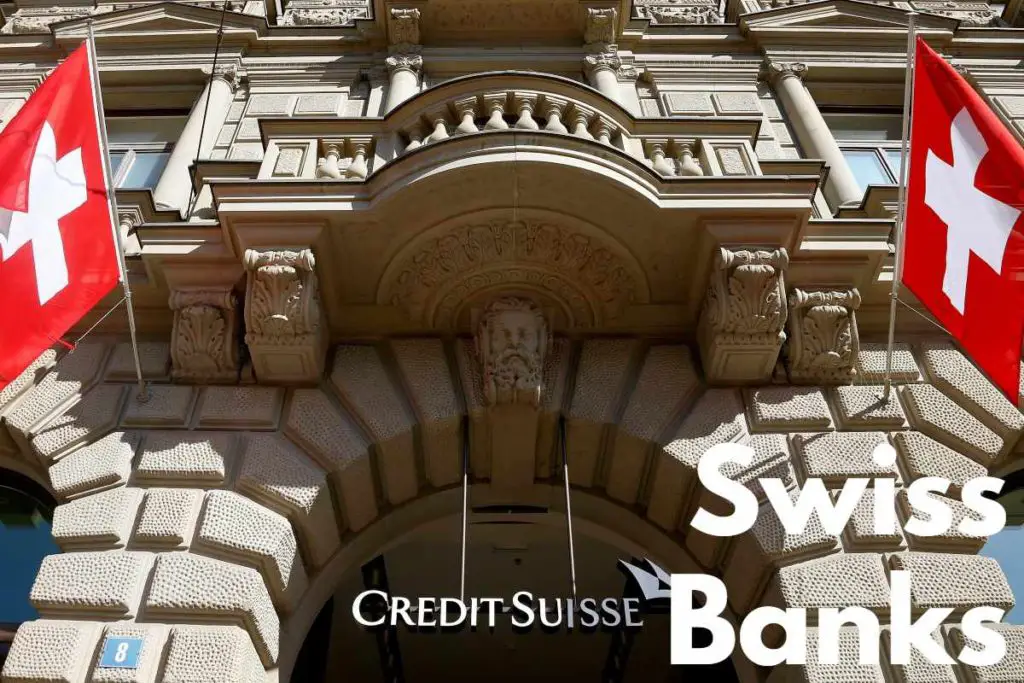
The Swiss banks are the most respected and the Swiss franc is considered a currency of value, a safe currency, so when there are conflicts, risks of war, crises, generally the Swiss franc increases in value because people see it as a safe currency.
The Swiss banking system is also known for security and privacy.
Another curiosity is that Switzerland is one of the very few countries that has a square flag, that’s right, it’s not rectangular. Another country that also has a square flag is the Vatican.
25% of the Swiss population are foreigners, including many Portuguese.
What is the political system like in Switzerland?
One of the things I found most interesting about the country when I started researching was the political system, where the population participates very closely in the main decisions taken, in fact they come back every year, some years they even come back two, three, four times, there are also a lot of referenda also on the main decisions of the country.
Another curiosity is the issue of the presidents, they have as it were seven presidents who work together for the good of the country and these presidents are from different parties and regions so that there is no concentration of power. They rotate it, so there is one person who is in power for only one year, and on the first of January of each year the president changes and it will always be one of those seven rotating presidents.
It is a political system quite unlike anything I have seen around the world and it certainly helps bring political and economic stability.
Water fountains in Switzerland
The country does have many water sources scattered throughout its territory. Seriously, in every city, village, every corner of Switzerland you will find fresh and drinkable water sources. They say that Switzerland has the purest water in Europe. Another curiosity is that most of this water comes from the mountains.
Switzerland does not really have a capital, it has a technical capital where most of the public bodies are, but Basel is the cultural capital, there are more than 40 museums there. Basel is home to the world’s first museum, where the first art collection was opened to the general public.
The River Rhine
Rhine River Rhine River Rhine is one of the main rivers of Central Europe, it starts in Switzerland and goes until the North Sea. There are even some river cruises that pass through other countries and follow the Rhine River.
The Wall of Basel
Going back a few centuries, the city of Basel was surrounded by a Wall, a very common practice in Medieval Europe in most cities. It had a Wall to protect from invasions, but in 1866 it was noticed that these walls were no longer useful, so they tore them down to let the city grow, but they didn’t tear them down completely and left some of the gates that served as entrance to the city. And it’s one of those that we’re going to see now, the Spalentor from 1370.
